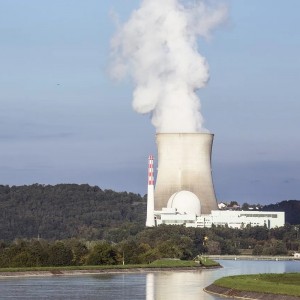
PAD700
PAD700
Typical applications include the uptake / separation of larger molecular weight organic compounds from process streams or waste applications in aqueous and some non aqueous applications.
PAD700 is therefore of interest within different purification and separation stages within the chemical, food,pharmaceutical and biochemical industries. Where regeneration is possible this can by single or combination of regenerants, selected according to the nature of the molecules adsorbed. There are many possible regenerants including dilute acid or alkali solutions, aqueous/alcoholic mixtures and pure solvents, depending on the application. Strong alkalies and periodic treatment with dilute oxidants may help in controlling organic fouling.
Application: Due to its high porosity it is ideally suited to the removal of the medium to large non polar compounds from polar solvents and can also work in less polar solvents where the species is considered less polar.
- TYPICAL PHYSICAL AND CHEMICAL CHARACTERISTICS
- BASIC FEATURES:
- Application :Sorption / Separation of Hydrophobic Organic Species – non-ionic matrix
- Polymer Structure :Polystyrenic
- Appearance :Spherical beads
- Functional Group :Non ionic
- Ionic Form as Shipped :None
- PRODUCT INFORMATION:
- Moisture Retention :56 – 62%
- Particle Size Range :350 – 1200 µm
- <350 µm (max.) : 2 %
- Uniformity Coefficient (max.) :1.6
- Pore Volume :1.2 ml/g
- Surface Area :550 m2 /g
- d50, Meso and Macropores Å : 700
- Specific Gravity :1.02
- Shipping Weight (approx.) :650 – 700 g/l (40.6 – 43.8 lb/ft3 )
- pH limits, Stability :0 – 14
Write your message here and send it to us







